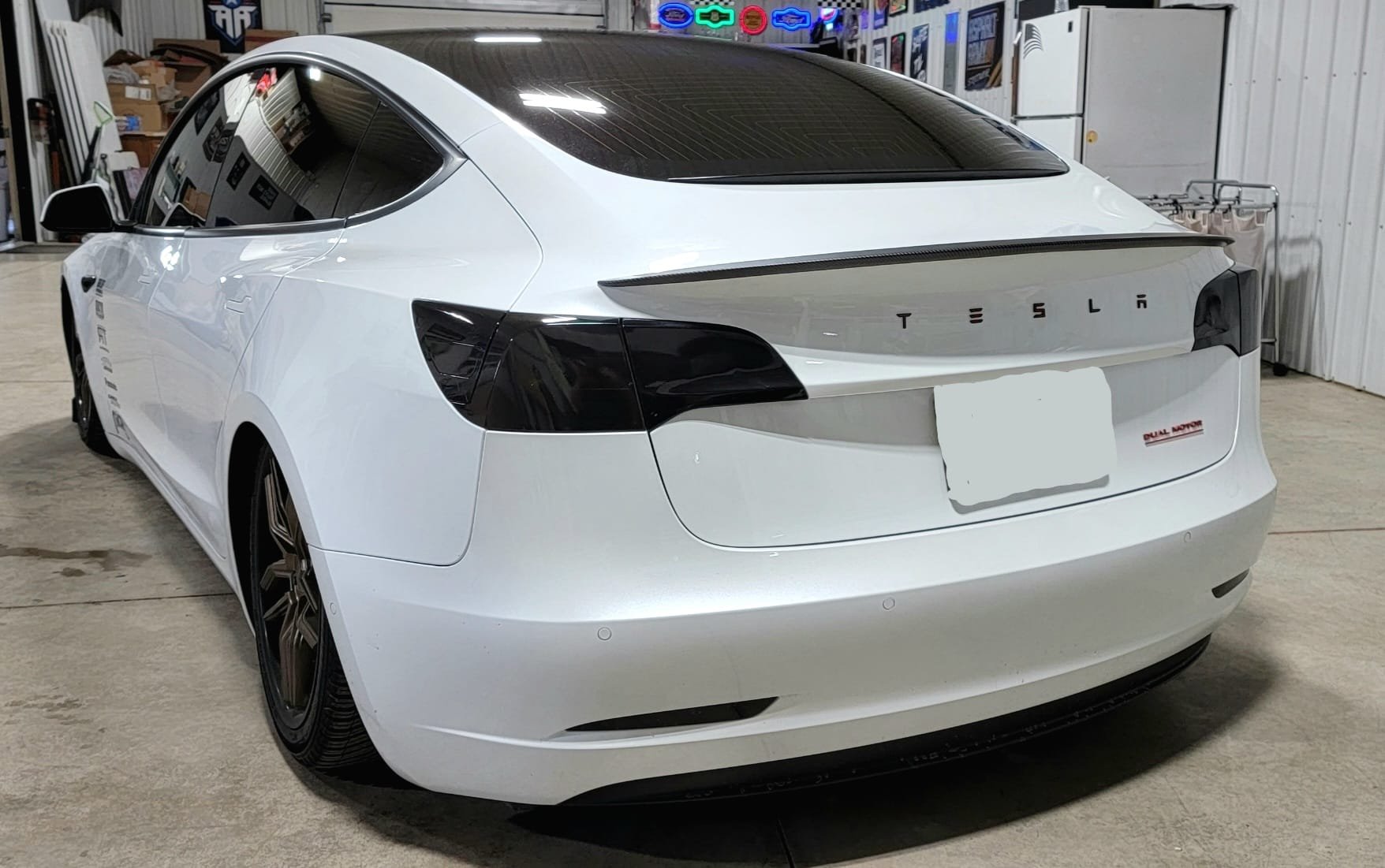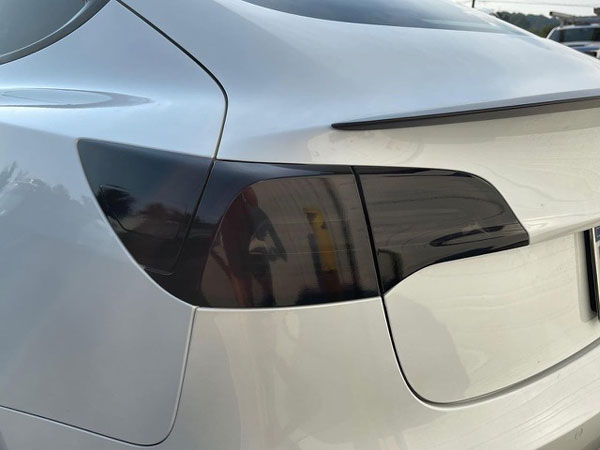Tinting headlights and taillights can give your car a sleek, custom look. But how much does it cost?
Typically, tinting headlights and taillights will cost between $65 and $150. The price can vary based on the type of film used, the complexity of the job, and the vehicle model. Tinting your car’s lights can be a stylish upgrade, but it’s important to know the costs involved.
Whether you are looking for a subtle change or a bold statement, understanding the pricing helps you make an informed decision. Factors like the quality of the tint film, the expertise of the installer, and your specific car model all play a role in the final cost. This guide will break down these elements, so you know what to expect before you tint your headlights and taillights.
Introduction To Headlight And Taillight Tinting
Tinting involves applying a thin film or spray to car lights. This film can be clear or colored. It changes the look of the headlights and taillights. Tinting can be done professionally or as a DIY project.
Tinting can protect your lights from scratches. It also reduces glare for other drivers. Tinted lights can make your car look unique and stylish. It adds a personal touch to your vehicle. Some tints can also help block UV rays, which can prolong the life of your lights.
Types Of Tinting Films
Pre-Cut Tint Kits are easy to use. They come in shapes that fit your lights. No cutting needed. These kits save time. They offer a clean look and consistent results. Many people choose them for their ease of use and precision.
Tint Rolls are flexible. You can cut them to any size. They are good for custom shapes. More work is needed to use these. Skilled hands may make them look better. They cost less than pre-cut kits. Great for DIY enthusiasts.
Spray Tint is a liquid. You spray it on your lights. It can be even and smooth. Practice makes it look best. Great for complex shapes. Customizable levels of darkness. It is affordable but needs skill. Perfect for a unique style.
Factors Affecting Tinting Costs
The cost can vary based on your vehicle type. Smaller cars usually cost less. Larger vehicles may need more film. Luxury cars might need special care. This increases the price.
Cheap films cost less but may not last long. High-quality films cost more but offer better durability. They also look better. Investing in good film saves money over time.
Doing it yourself saves money. But it can be tricky. Mistakes can be costly. Hiring a pro costs more. But the result is usually better. Pros have the right tools and skills.

Credit: www.rtcustomizing.com
Average Cost Breakdown
Pre-cut kits are easy to use. They fit most lights. These kits cost around $50 to $100. Some kits have tools included. This makes the job easier.
Tint rolls are flexible. You can cut them to fit any light. They cost $10 to $30 per roll. You may need more tools. This can add to the cost.
Spray tint is a quick option. It gives a smooth finish. A can of spray tint costs $10 to $20. You might need more than one can. The cost can add up.
Professional Tinting Costs
Tinting headlights and taillights typically costs between $50 and $200. Prices depend on vehicle type and tint quality. Professional installation ensures a clean, durable finish.
Labor Fees
Labor fees for tinting can vary. These fees depend on the shop and location. On average, labor costs range from $50 to $100 per hour. Some shops offer fixed rates for both headlights and taillights. You might pay around $100 to $200 in total. This fee covers the time and skill of the technician.
Warranty And Aftercare
Many shops offer a warranty for their tinting work. This warranty often lasts from one to five years. It covers issues like peeling or bubbling. Aftercare is also important. Proper care helps the tint last longer. Avoid car washes for a few days after tinting. Clean the lights gently with soft cloths.
Diy Tinting Costs
You will need a few tools. These include tint film, a squeegee, and a utility knife. You will also need soapy water in a spray bottle. Don’t forget microfiber cloths to clean surfaces. Lastly, heat gun helps with the film application.
First, clean the headlights and taillights. Use soapy water and a microfiber cloth. Next, cut the tint film to the right size. Leave some extra on the edges. Spray the lights with soapy water. Apply the tint film carefully. Use the squeegee to remove air bubbles. Use the heat gun to smooth out the film. Finally, trim the edges with a utility knife.
Legal Considerations
Headlight and taillight tinting laws vary by location. Some places allow slight tinting, while others ban it. Always check local laws before tinting your lights. This can save you from fines. In some states, only clear tints are allowed.
Breaking tinting laws can lead to fines. Fines range from $50 to $200 in some areas. Repeat offenses may increase the fine. Police may also remove illegal tints. This can be costly and time-consuming. Always follow the rules to avoid trouble.

Credit: blackglasstinting.com
Maintenance And Longevity
Clean your tinted lights with a soft cloth. Use mild soap and water. Avoid harsh chemicals. They can damage the tint. Waxing the lights can add protection. But, do not overdo it. Too much wax can build up. This makes cleaning harder.
High-quality tint can last up to 5 years. Some last even longer. Cheaper tints may fade sooner. Proper care can extend the life. Keep the car in the shade. Avoid rough roads if possible. This keeps the tint in good shape.

Credit: www.rtcustomizing.com
Conclusion
Tinting headlights and taillights can vary in cost. Factors include vehicle type, tint quality, and labor. Expect to spend between $50 and $200. DIY kits are cheaper but riskier. Professional services ensure better results. Consider local regulations before tinting. Properly done, tinting enhances your vehicle’s style and safety.
Make an informed choice based on budget and needs. Happy driving!
